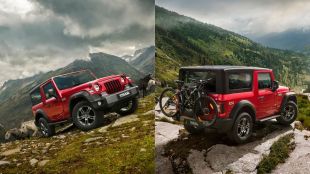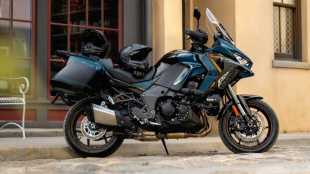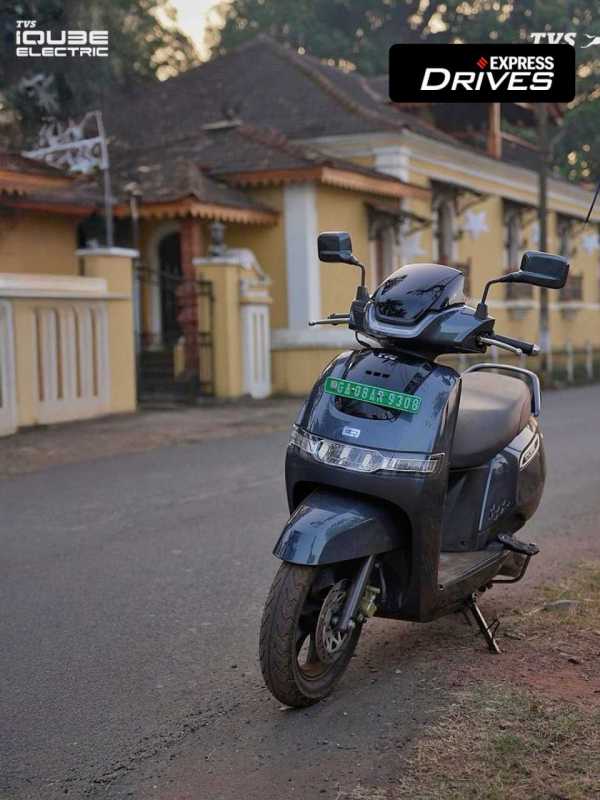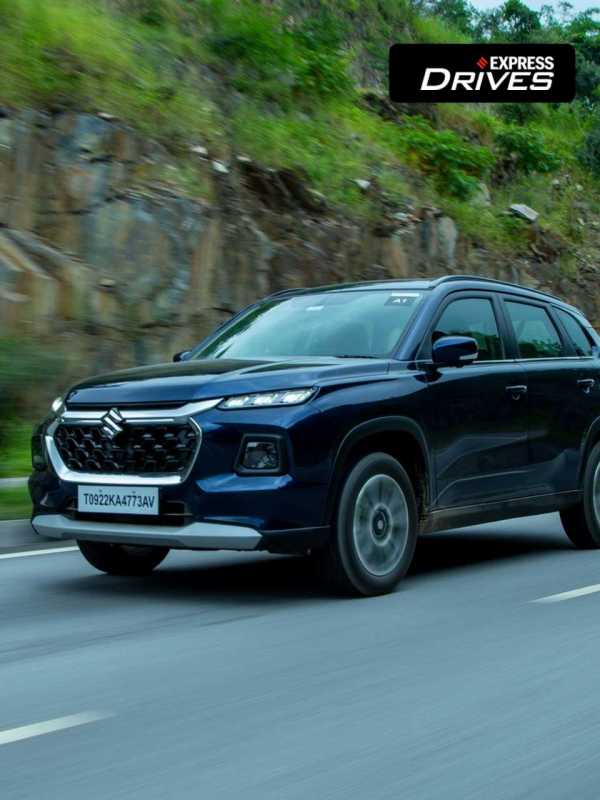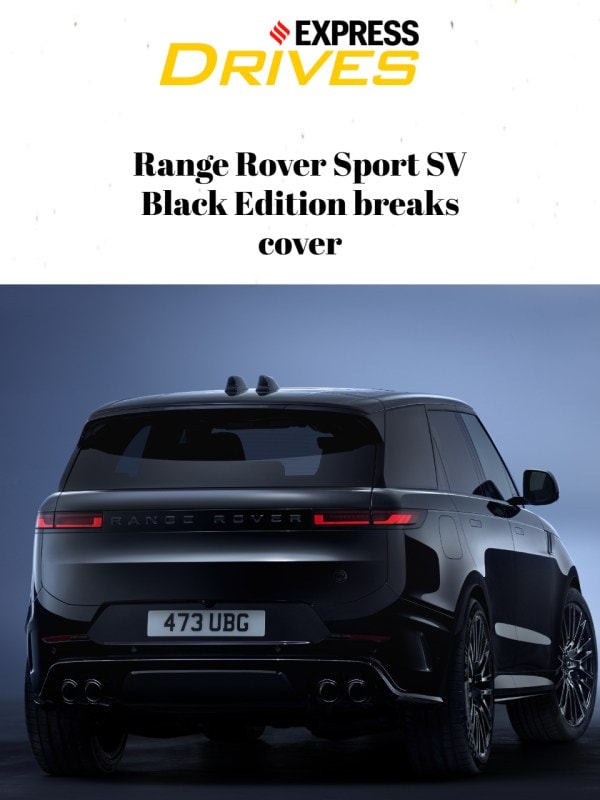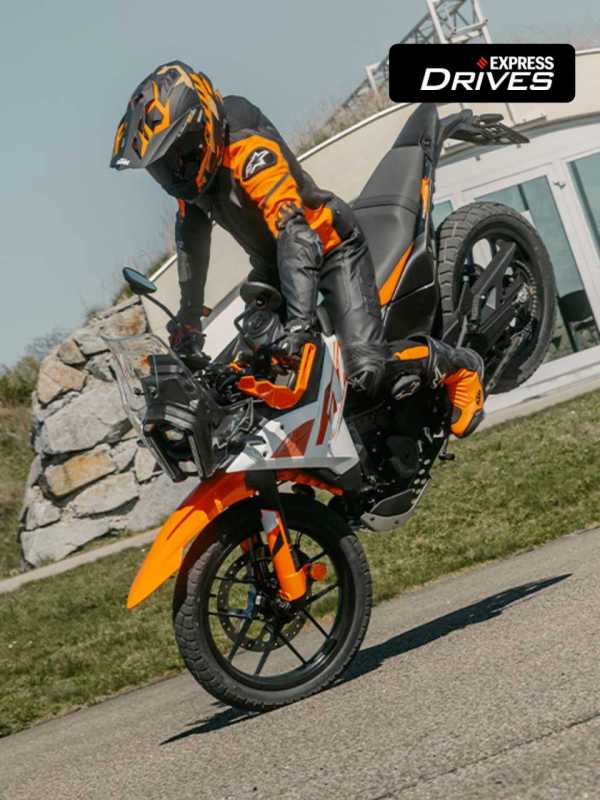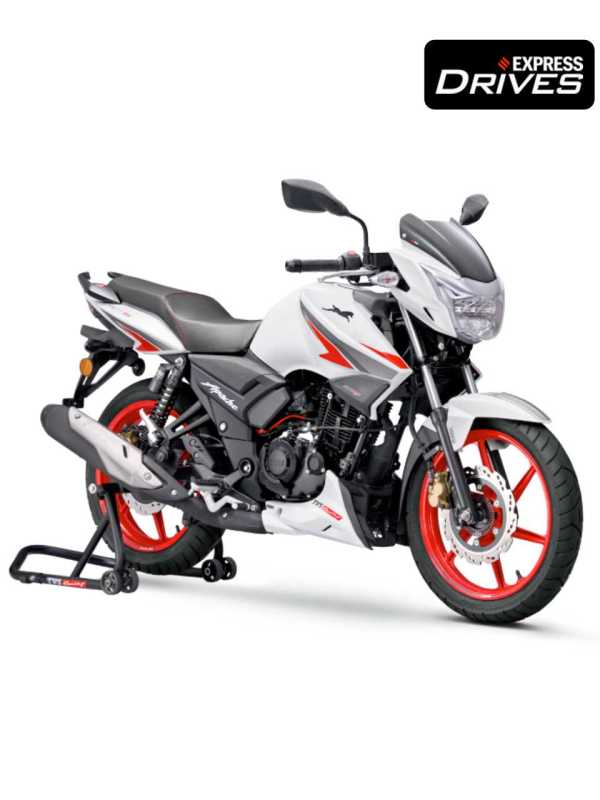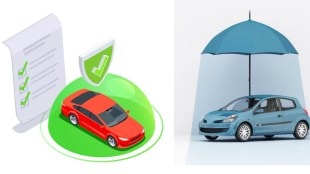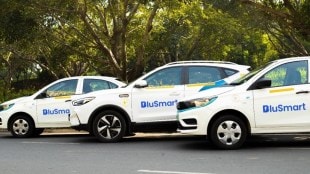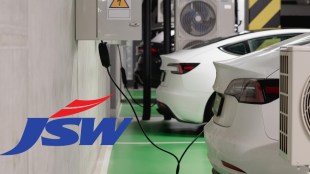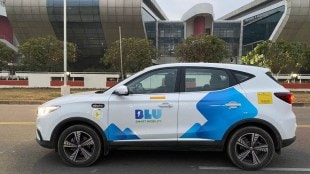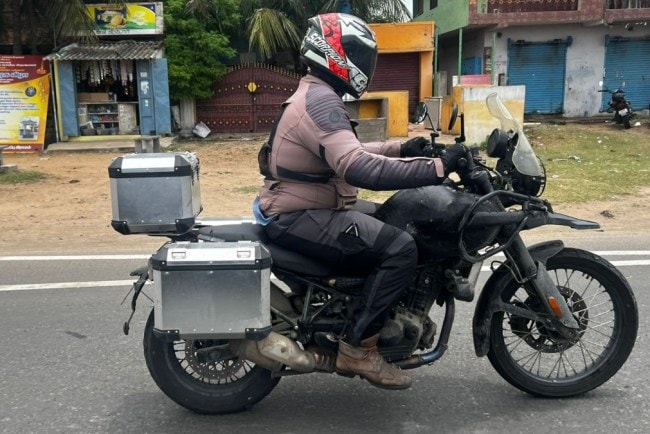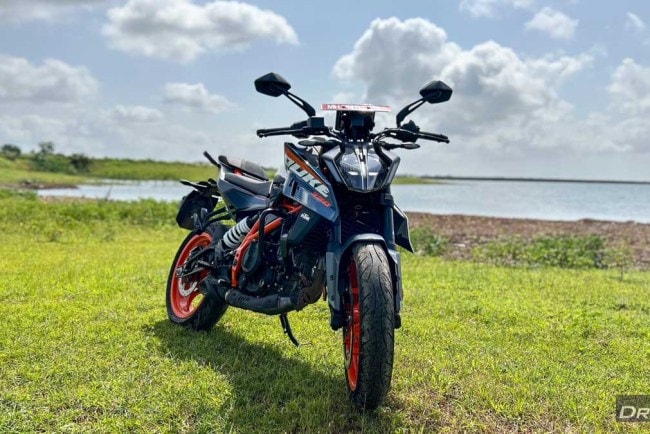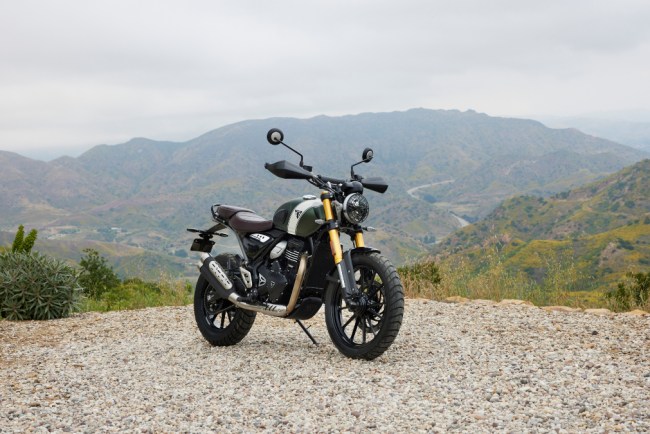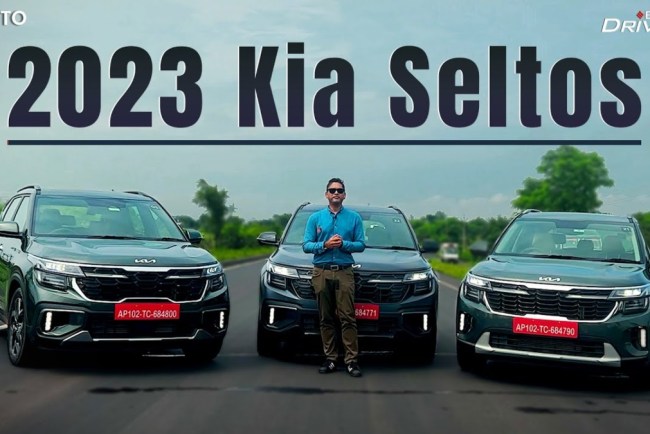E-commerce platforms are witnessing unprecedented growth in electric two-wheeler (E2W) sales, albeit from a low base, as both legacy OEMs and new-age EV firms adopt an omnichannel approach to expand reach and compete for market share.
Amazon India, which began offering E2Ws during Prime Day in July 2023, reported a 500% year-on-year growth in this category. Flipkart saw even sharper growth, with a 15X surge over the past year and two-wheeler searches increasing by 2.5X. However, e-commerce platforms, by practice, do not disclose absolute sales figures for any category.
Although e-commerce currently accounts for a small fraction of total sales for OEMs, volumes are steadily increasing as more players embrace this channel. KN Srikanth, director, home, kitchen, and outdoors at Amazon India, highlighted the platform’s rapid scaling of its E2W offerings since Prime Day, now featuring over 20 brands, including Bajaj Auto’s Chetak and Ola Electric.
“In 2024, we expanded into petrol and CNG two-wheelers, partnering with brands like Hero and Bajaj. Today, Amazon is a comprehensive two-wheeler store, offering over 700 models across 250+ cities and 8,000+ pincodes,” Srikanth said.
Bajaj Auto, which surpassed Ola Electric to become the largest E2W seller in December 2024, has reportedly sold over 10,000 units of its Chetak scooters on Amazon and Flipkart since 2023. However, the company declined to comment on these figures.
Flipkart, too, has broadened its portfolio to include petrol vehicles, commuter bikes, premium sports bikes, and electric two-wheelers. “Flipkart now features 11 E2W brands, including leaders like Chetak, TVS iQube, Ola, and Ather,” said a company spokesperson.
The shift in consumer behaviour toward online shopping is driving e-commerce sales. A McKinsey & Company study, Inside Indian Consumers’ Embrace of Electric Two-Wheelers, revealed that over 85% of consumers begin their vehicle purchase journey online, and nearly 50% are willing to purchase directly from e-commerce platforms. Additionally, 70% of consumers prioritise at-home delivery, test drives, and on-demand services.
Features such as quick delivery, test rides, and trade-in options for old two-wheelers, often facilitated by partnerships with sellers and dealers, are further accelerating growth. Srikanth noted that popular models like Bajaj’s Chetak 2903, Ola S1 Pro, and Green Udaan non-RTO electric scooters are often delivered within two days from the nearest brand outlet.
Flexible financing options and festive discounts are key enablers for E2W sales via e-commerce. Flipkart offered discounts of up to Rs 15,000 and cashback on Bajaj’s Chetak 3202 (Rs1.15 lakh ex-showroom price) during its Big Billion Days sale, along with easy EMI plans. Amazon has also introduced discounts of up to Rs10,000 and EMI options extending to 36 months.
As most e-scooters are priced above Rs1.2 lakh, financing plays a critical role in driving adoption. Hemal N Thakkar, senior practice leader at Crisil market intelligence & analytics, highlighted that financing penetration in the two-wheeler industry has risen to 50%, up from 30–35% pre-Covid.




